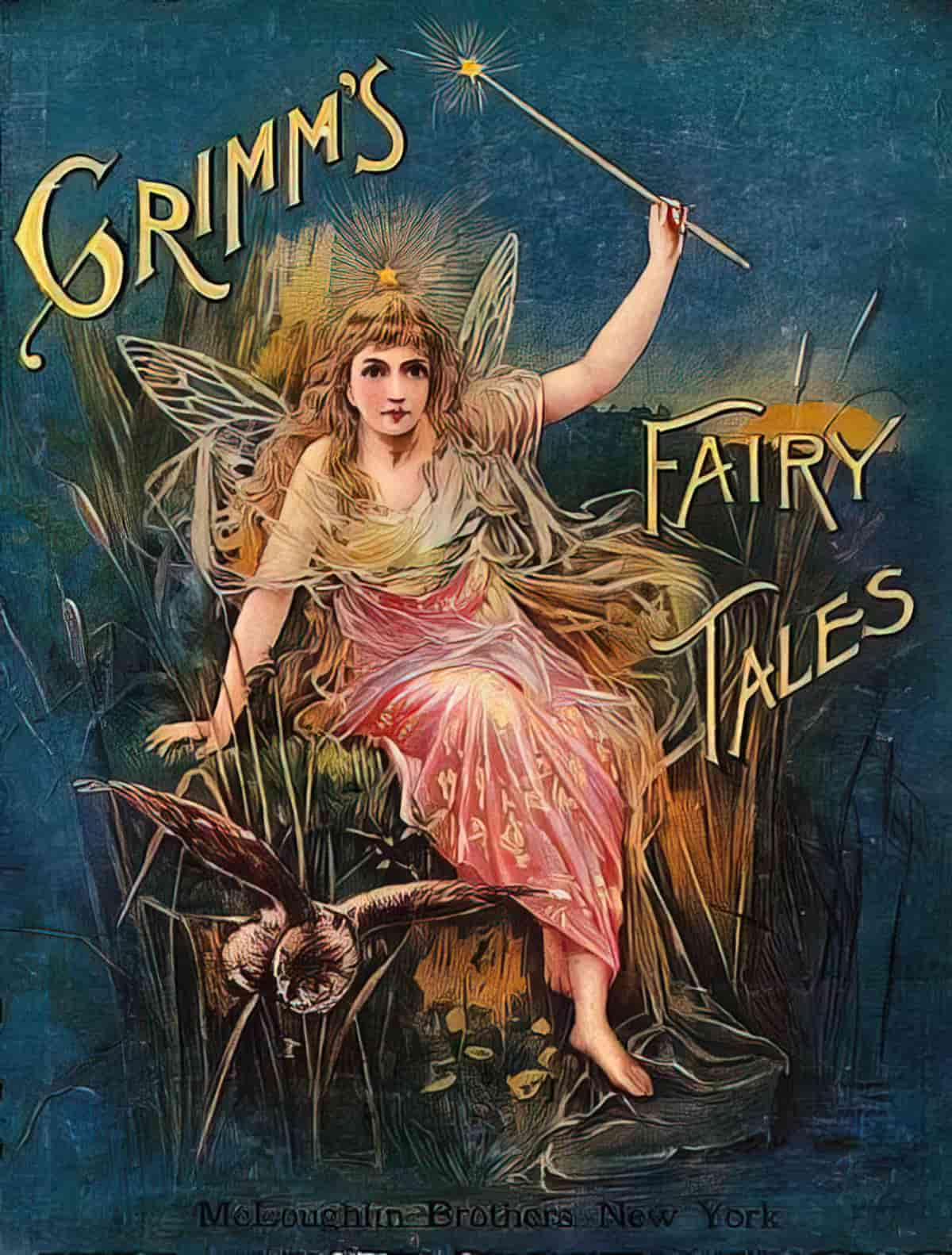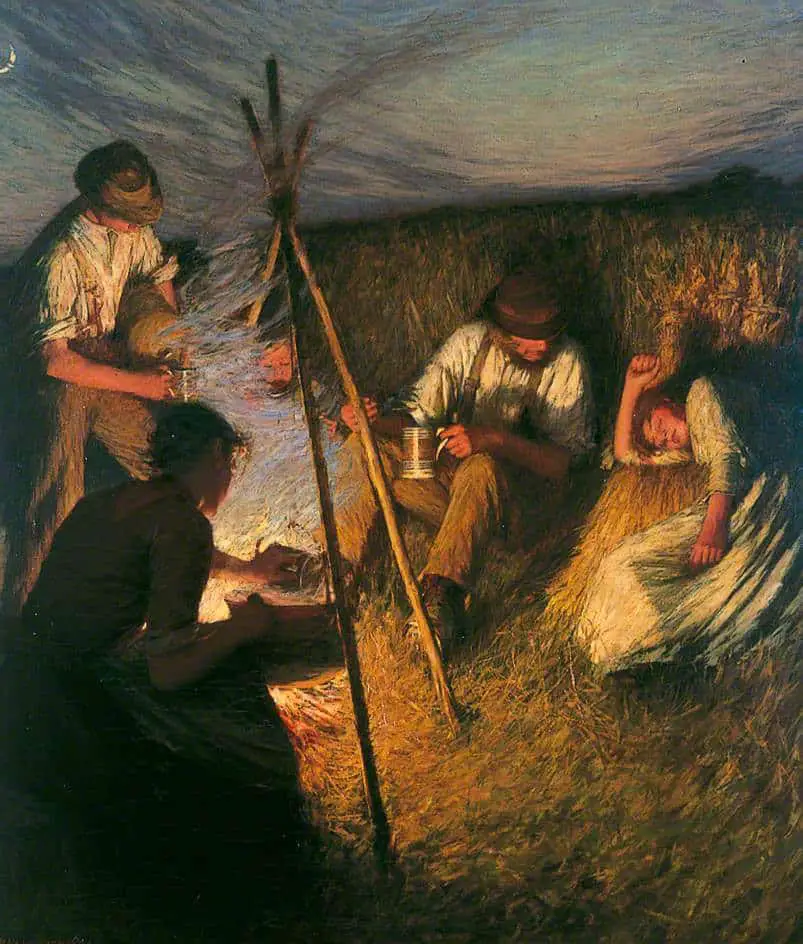The era in which oral folktales became written fairytales was also the era in which children’s literature as a whole began to develop.
How did oral tales change once they became written-down stories?
First, the main audience shifted, notably, from the peasant class to the monied classes. Main characters were previously adults; now they were children.
Oral folktales focused on empowering the oppressed, and tended to centre on class struggles. For this reason they appealed particularly to the lower classes. As they became written fairytales, and so became the domain of the educated classes, class struggles were usually replaced by adult-child power-struggles: the child became the central focus of the story, rather than the peasant.
Elizabeth O’Reilly

When folklorists such as Charles Perrault and the Grimm Brothers started writing oral fairytales down and selling them on the mass market, this meant the ideology of the oral versions also shifted. Oral folk tales were often ribald. Now they became didactic, emphasising upper-class manners:
Zipes points out that, as writers appropriated the oral folk tale, they ‘converted it into a type of literary discourse about mores, values and manners’ for the socialisation of children according to the social codes of the time. Thus, ‘writers of fairytales for children acted ideologically by presenting their notions regarding social conditions and conflicts, and they interacted with each other and with past writers and storytellers of folklore in a public sphere’. This point probably applies to all children’s books (and literature as a whole)
Elizabeth O’Reilly
B.F.: I think you quoted Frank O’Connor somewhere about saying that some of the Irish, perhaps not so much the AngloIrish, but the Catholic Irish, are in a similar situation — though looking from down up, rather than from up down —, but they live in a rather anarchic society.
V.S.P.: It is rather an anarchic society, yes. Or it was. I would have thought anyhow, there is a basic oral gift of story‑telling in Ireland; in fact one might even go as far as to say it’s their substitute for a morality, that’s to say moral and ethical arguments soon turn into anecdotal and narrative ones. Telling a story as it were is partly a form of evasion, or it’s a form of getting around serious difficulties by not propounding.
Journal of the Short Story In English, Autmum 2003, interview with V.S. Pritchett
ORAL TALES ARE DYNAMIC
Most importantly, perhaps, the content of a tale was affected by the fact that storytelling was a dynamic process between narrator and listener. When retelling the story of Little Red Riding Hood, the storyteller would grab the child at “All the better to eat you with!” The child listener would probably react in a variety of ways, changing the story slightly with each retelling, perhaps pouncing on the storyteller in turn. The ability to turn the tables affected thee ending of Little Red Riding Hood. The children being told the tale were not harmed, and neither was Little Red Riding Hood, who managed to outwit the wolf in the oral tradition. It was only after being written down that Little Red Riding Hood lost her autonomy.
Another fairy tale perfectly suited to the oral tradition is Rumpelstiltskin, which is very old. Guessing the little man’s name turns the story into an interaction between storyteller and audience.
More recently, Spike Milligan wrote in the oral tradition. His story Badjelly The Witch is perfectly suited to adaptation for radio — the version I grew up with.
Readers still have a relationship with any given written text. Reading as relationship is known as interanimation. The reader adds their own experience and interpretation as they read. However, it is quite different when the ‘book’ is a person.
FAIRYTALES ARE ALWAYS EVOLVING
Below, Philip Pullman explains the extent to which oral tales vary depending on a variety of factors. He conveys the idea that fairytales were always meant to evolve. Fairy and folk tales are not meant to be set in stone forever, unlike the Gutenberg Press, which froze English spelling in time:
A fairy tale is … a transcription made on one or more occasions of the words spoken by one of many people who have told this tale. And all sorts of things, of course, affect the words that are finally written down. A storyteller might tell the tale more richly, more extravagantly, one day than the next, when he’s tired or not in the mood. A transcriber might find her own equipment failing: a cold in the head might make hearing more difficult, or cause the writing-down to be interrupted by sneezes or coughs. Another accident might affect it too: a good tale might find itself in the mouth of a less than adequate teller.
That matters a great deal, because tellers vary in their talents, their techniques, their attitudes to the process. The Grimms were highly impressed by the ability of one of their sources, Dorothea Viehmann, to tell a tale a second time in the same words as she’d used before, making it easy to transcribe; and the tales that come from her are typically structured with marvellous care and precision. […]
Similarly, this teller might have a talent for comedy, that one for suspense and drama, another for pathos and sentiment. Naturally they will each choose tales that make the most of their talents. When X the great comedian tells a tale, he will invent ridiculous details or funny episodes that will be remembered and passed on, so the tale will be altered a little by his telling; and when Y the mistress of suspense tells a tale of terror, she will invent in like manner, and her inventions and changes will become part of the tradition of telling that tale, until they’re forgotten, or embellished, or improved on in their turn. The fairy tale is in a perpetual state of becoming and alteration. To keep to one version or one translation alone is to put a robin redbreast in a cage. A fairy tale is not a text.
Philip Pullman
HOW DO SCHOLARS THINK OF ORAL FAIRYTALES IN RELATION TO WRITTEN VERSIONS?
The various commentators … believe that the truths they find inside folk tales are there because the tales existed in the oral tradition prior to their written versions. They therefore share the quality of essential truth that we assume to be the essence of God’s own voice speaking … Being oral, the oral tales represent not only something outside of writing, and therefore less distorted, truer than the distorted versions recorded in writing by Perrault or the Grimms, but also, something prior to writing, and thus purer, closer to a less socialized and therefore superior essence. [Bruno] Bettelheim sees the oral tales as expressive of an unconscious that not only underlies but precedes the development of individual egos, [Jack] Zipes as expressive of a pre-literate, pre-bourgeois vision of communality that precedes the celebration of individual integrity and power found in later written versions. For [Joyce] Thomas and [Maria] Tatar and [Ruth] Bottigheimer, similarly, oral tales speak whatever each of them sees as truth because they precede the distorted special pleading of later written versions and interpretations.
Eng2011
Not everyone agrees with the idea that fairy tales came from the oral tradition:
The popular understanding is that fairytales evolved exclusively from oral folktellers – from the uneducated “Mother Goose” nurse, passing into the imaginations of children by centuries of fireside retellings.
But this story is a myth. Fairytales were invented by the blue blood and pomaded sweat of a coterie of 17th century French female writers known as the conteuses, or storytellers.
Melissa Ashley
Sure enough, some fairy tales did not come from the oral tradition. Beauty and the Beast is the stand-out example of that. I have seen these referred to as ‘literary fairy tales’ to distinguish them from ‘oral fairytales’, in which ‘oral’ is assumed.
Reading Aloud
Men’s voices are scarier. At least they are to me. (Unless we’re talking Kathy Bates inMisery.) Since Baby Grand is a suspense thriller, I wanted its telling to be pretty darn creepy. And I got some pretty creepy samples sent to me too. But, keep in mind, I also needed this male voice to be able to carry those chapters in which Jamie was the narrator, so I needed a male voice to have a pleasing quality, with only a hint of creepiness.
Why I picked a male narrator for the ‘Baby Grand’ Audiobook
READING ALOUD: WHY IT MATTERS – A GUEST POST BY SPEECH AND LANGUAGE THERAPIST PRIYA DESAI at the Nosy Crow Blog
Lake Bell’s ‘In A World…’ Explores Why Women Aren’t Used To Narrate Trailers
Header painting: Henry Herbert La Thangue – The Harvesters’ Supper

